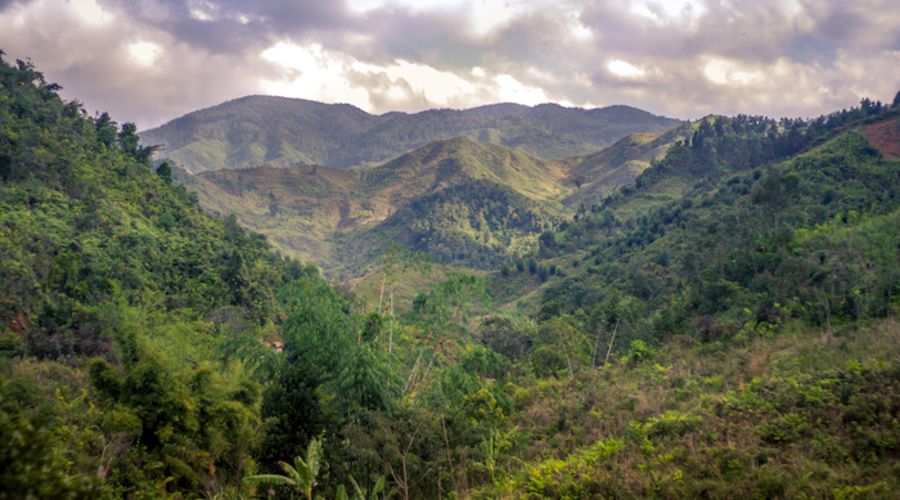Madagascar’s Ambatovy mine on track to deliver ‘no net loss’ of surrounding forest


Recent research led by Bangor University found that Sumitomo’s Ambatovy cobalt-nickel mine in eastern Madagascar is on track to deliver 'no net loss' of the unique forest habitat destroyed by the operation.
“Ambatovy aims to conserve the forest by slowing deforestation driven by small-scale agriculture elsewhere, to offset the forest they have cleared at the mine site,” research lead Katie Devenish said in a media statement. “Our analysis suggests that they have already saved nearly as much forest as was lost at the mine site. We estimate that no net loss of forest was achieved by the end of 2021.”
Biodiversity offsetting is considered a controversial practice and not many organizations have dedicated the necessary resources to assess its effectiveness. This means that the Bangor University study, which was published in Nature Sustainability, is one of the first impact evaluations of a biodiversity offset conducted to date.
“Robust evaluations of biodiversity offsets are very rare. There are over 12,000 biodiversity offsets worldwide, and less than 0.05% have been evaluated,” Sébastien Desbureaux, co-author of the study, said. “Evaluations are hard to do as they involve comparing observed outcomes to what would have happened without the intervention. This counterfactual scenario is obviously difficult to estimate. We explored more than 100 alternative ways of running our analysis and the results are clear.”
According to Desbureaux, the method employed to look at Ambatovy uses state-of-the-art approaches that allowed him and his colleagues to show that the deforestation associated with the mine has likely been compensated for. However, the team was not able to capture the impacts on that ecosystem’s species.
“It is also important to note that there may have been a cost to local people of the improved forest protection,” Simon Willcock, co-author of the study, said. “We must also consider what happens when the company pulls out of the area, which is expected between 2040 and 2050, as without ongoing protection and restoration of the mine site, which is a very difficult task, Ambatovy’s claims to no net loss might be threatened.”
Nevertheless, at present and given the ongoing destruction, the results of the study lend strong support to requirements that mines, and other major developments, should do their bit by investing in conservation efforts.
“Low-income countries like Madagascar desperately need the economic development which commercial mining can bring,” Julia Jones, co-author of the paper, said. “There are many important caveats to our findings, but it is certainly encouraging that Ambatovy’s economic contributions to Madagascar, which is in the tens of millions of dollars a year, seem to have been made whilst minimizing trade-offs with the island’s precious remaining forest habitat.”
Comments